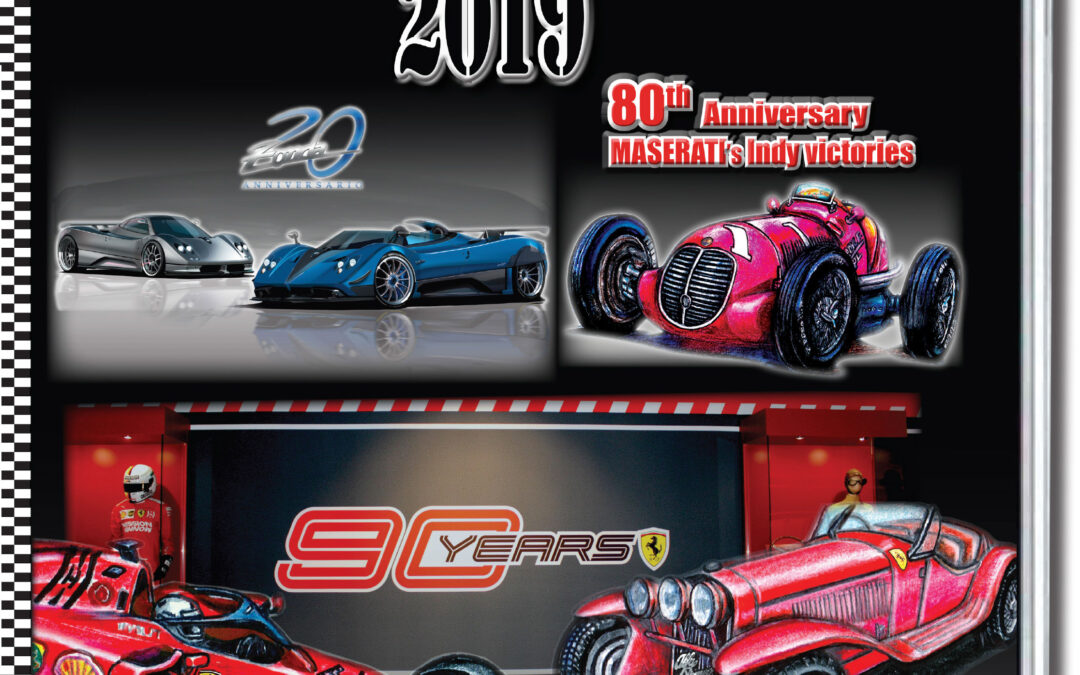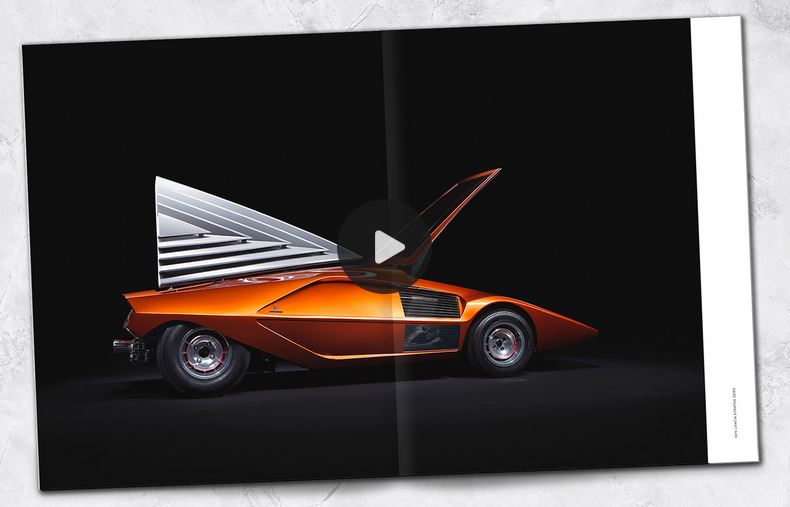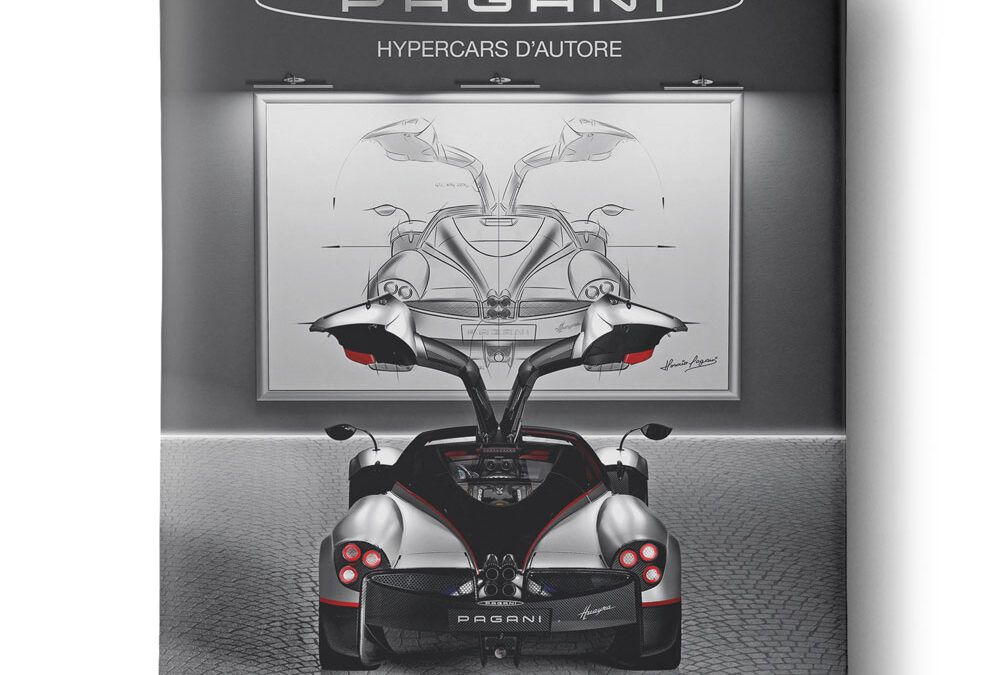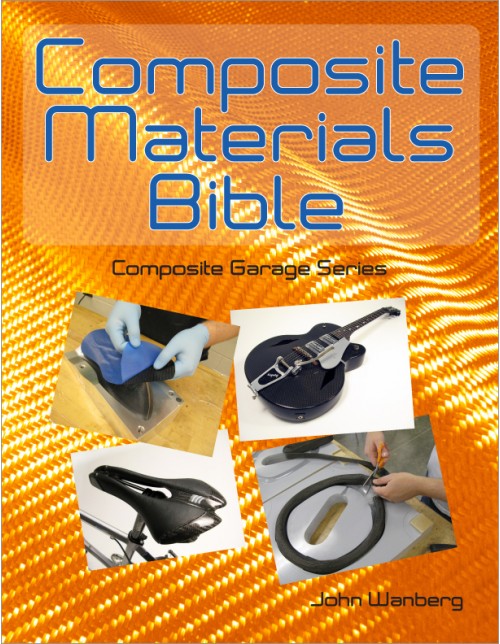
The modern world we live in often requires components made from materials that are stronger and lighter than the more common materials of steel, aluminum, and wood. Today, everything from bicycle frames to aircraft components are made from composite materials such as Kevlar and Carbon Fiber. Unlike those other materials, composite components don’t rust or rot, and they won’t be dented by a minor impact. With the growing interest in these new high-tech materials, there are more and more individuals looking for help in building their own components from composites.
While most of us assume that building from composites requires special skills and tooling found only in specialist shops and well-equipped industrial facilities, nothing could be further from the truth. Professor of Industrial Design, well-known author John Wanberg uses 176 pages and more than 400 images to explain and illustrate the techniques and tools that readers need to make their own components from composite materials. Whether it’s a simple piece that requires no mold or a more elaborate fabrication project that requires both a mold and vacuum bagging, all the necessary how-to information is contained in this new book from Wolfgang Publications.
This new book from John Wanberg combines materials from four previous books plus adds a wealth of new material on the latest trends and techniques in the world of high-tech composite materials. All of the projects and techniques included in this 176-page book are aimed at individuals and small shops.

In his three previously-published books, Composite Materials: Fabrication Handbooks, Volumes 1-3 Author and Professor John Wanberg, took pains to explain the why and how of building with composite materials. Each page was allocated equally between photos and text.
In this new book of step-by-step projects, John takes a different approach. Instead of explaining the theory and what each component is made of, John cuts to the chase. Nearly every page is allocated to photos.
The pictures lead the reader through a detailed how-to sequence. From making the mold, to cutting the fabric, and finishing the part, all the information is here. Projects include everything from fabricating speaker enclosures to hood scoops and cell-phone cases. Some require only simple molds, while others rely on more sophisticated vacuum bagging methods.
Each chapter starts with copy, just enough to explain the project and the goals. Next comes the material panel: a list of all the tools and materials needed to duplicate the project seen in that particular chapter. Finally, the vast majority of each chapter is filled with the how-to photos. Photos that literally show each step along the way, from the initial sketch to the finished part.
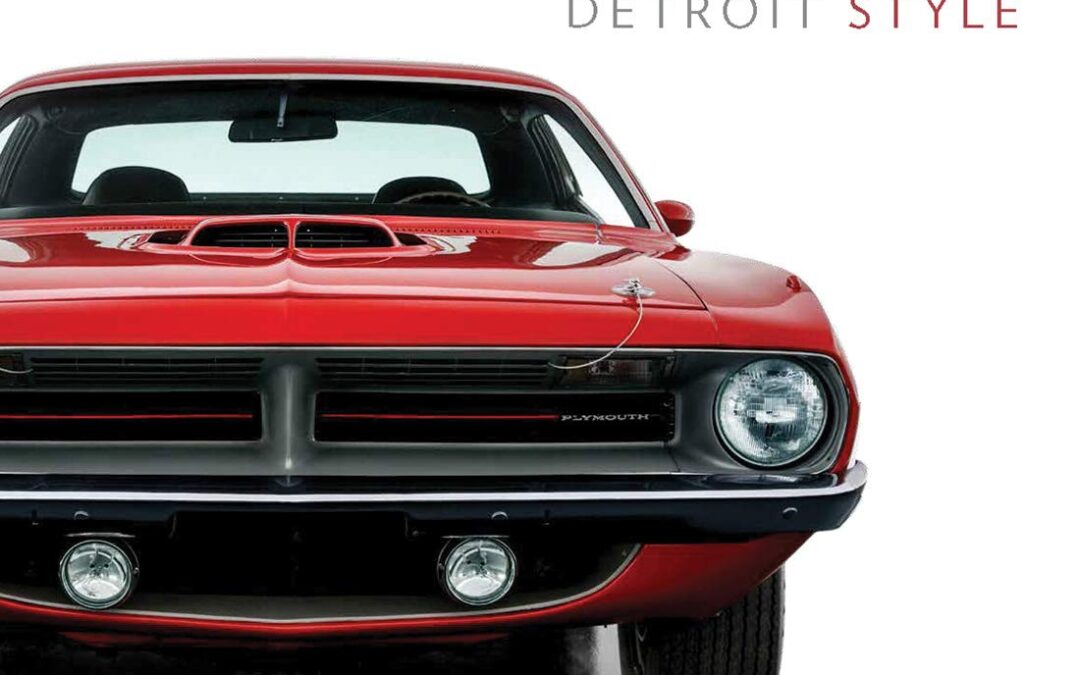
A dynamically illustrated exploration of 70 years of automotive design in the Motor City
Detroit, nicknamed Motor City, has always been a leader in car design. As the city became the center of the American automobile industry in the early 20th century, its studios became incubators for new ideas and new styles. This volume highlights the artistry and influence of Detroit designers working in the industry between 1950 and the present day, giving readers a sumptuously illustrated opportunity to discover the ingenuity of influential (and surprisingly little-known) figures in postwar American car design. Detroit Style showcases 12 coupes and sedans, representing both experimental cars created solely for display and iconic production models for the mass market. Dozens of design drawings and images of studio interiors—along with paintings and sculptures—highlight the creative process and dialogue between the American art world and car culture. These materials in addition to interviews with influential figures in car design today bring new insights and spark curiosity about the formative role Detroit designers have played in shaping the automotive world around us, and the ways their work has responded to changing tastes, culture, and technology.

The cutting edges on engineering tools must lie at precise angles to ensure effective cutting, and sharpening must recreate the original geometry of each tool. This book provides an understanding of what is involved in sharpening typical lathe, milling, drilling and threading tools. With over 550 photographs and illustrations this new book covers sharpening techniques for the most commonly used engineering tools, screwdrivers and gravers, lathe, milling, reaming, drilling and threading cutters. It identifies the two principal types of workhead, and discusses the ways in which their geometry affects typical sharpening setups. It teaches how to use the three basic movements of swing, tilt and rotate to position a tool against a grinding wheel to ensure correct tool angles and sharp cutting edges. Contains useful tables for setting cutting and clearance angles and provides general advice on tool and cutter grinders, and includes examples of the use of workholders to suit a range of tools. Includes information on abrasive materials and the types and shapes of grinding wheel suitable for use on a tool and cutter grinder. Finally, it shows photos of accessories that can be made to simplify setups, including workheads, toolholders and fixtures used to hold circular saws, parting tools and dies, as well as an angle gauge to quickly set clearance angles on reamers and milling cutters.

The industrial and technical history of the Lambretta Junior series, told through invaluable archive materials.
In the early Sixties, Innocenti took a technological leap in the engineering of the Lambretta, introducing for the first time a monocoque frame clearly inspired by its direct rival, Piaggio’s Vespa. This led to the birth of the Junior series, with models aimed at younger riders and with lower list prices than the traditional LI and TV versions.
This new book devotes specific chapters to questions of production, technology, advertising, and many other areas of interest regarding this series of models that once again enjoyed notable success with the public.
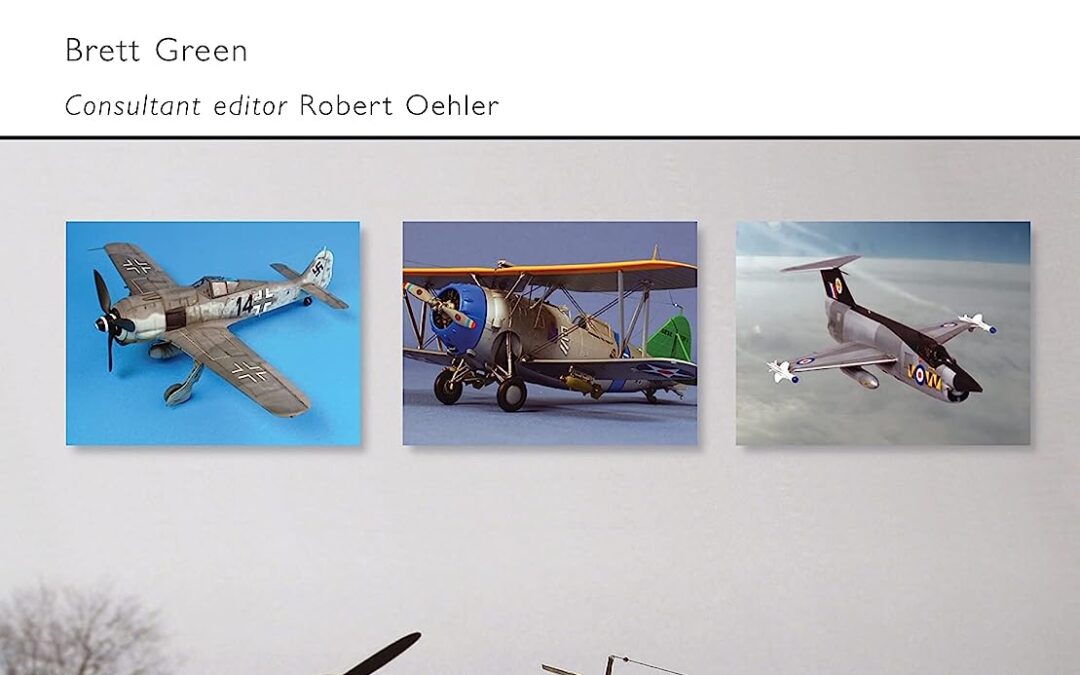
Brett Green, one of the hobby’s leading names, provides a comprehensive introduction to all of the basic techniques and materials needed to build scale aircraft, from first opening the kit box to displaying the finished model – all in one clear and easy-to-follow expert guide. The many detailed photographs with step-by-step captions, and the accessible and informative text cover every aspect of aircraft kit construction from initial preparation through all stages of assembly to detailed finishing. This is an essential resource for the novice aircraft modeller.
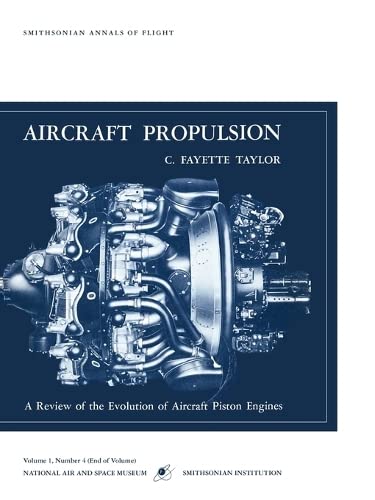
This, the fourth number of Smithsonian Annals of Flight, was the Fourth Lester B. Gardner Lecture, delivered at the Massachusetts Institute of Technology, March 8, 1962, and at the Smithsonian Institution, October 5, 1962. Subsequently it was published in the General Appendix to the Annual Report … of the Smithsonian Institution … for the Year Ended June 30, 1962 (1963). As presented here, the text has been revised, enlarged, and updated. Its 72 illustrations, many of them new, include a number of engines, aircraft, and the materials in the collections of the National Air and Space Museum. With it, for the first time, appears the bibliography which accompanied the original manuscript and which, for lack of space, could not then (1963) be printed. This has since been edited and expanded to approximately double its original length by Dr. Richard K. Smith while he was serving on the Museum staff. Its nearly 600 entries, most of them contemporary accounts, cover the whole range of engine development and related activities from the early beginnings. This bibliography should be a useful and welcome tool, both for the airplane enthusiast and for the historian of aviation technology.
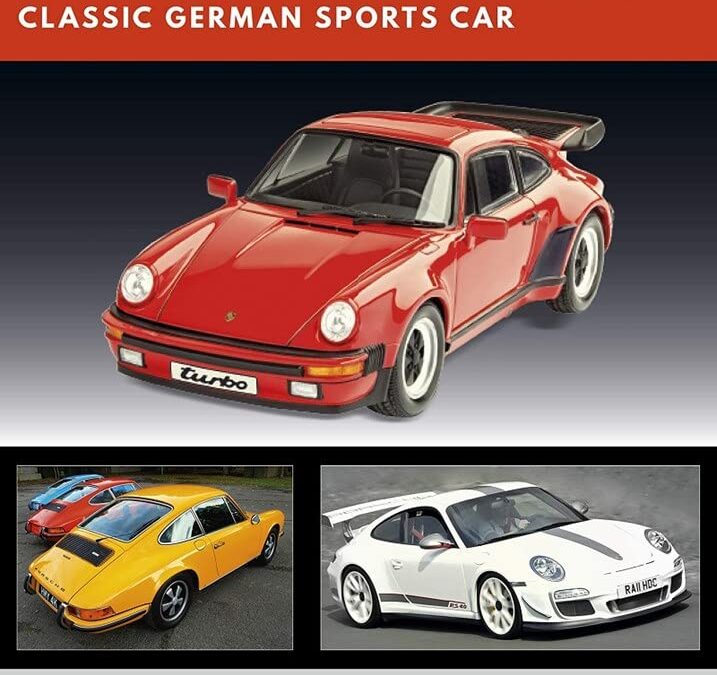
The aim of this innovative series is to provide model makers and car enthusiasts with a new standard of primarily visual reference of both full-size cars and their scale models.
The aim of this innovative series is to provide model makers and car enthusiasts with a new standard of primarily visual reference of both full-size cars and their scale models. Each book contains detailed technical information imparted through drawings and photographs while the meticulously researched full-color profiles provides a complete reference for paint schemes and markings. In addition, every volume of the CarCraft series features summaries of design histories and operational careers, and reviews of available kits.
Recognized as one of the most important sports cars in the history of the automobile, Porsche’s 911 represents a vital story in the annals of the design and driving of the motor car. This new book delivers an innovative format to the car enthusiast by covering the engineering, design, and modeling of Porsche’s 911 series.
A true icon, 911 is the designer legend – and a driving tool par excellence: the 911 stemmed from the Porsche 356 yet created a new era and a new international definition of style amid a global motor sport record of success across race and rally events
Here in CarCraft title Number Two, experienced automotive writer, industrial designer and Porsche enthusiast Lance Cole pays tribute to the car in a detailed yet engaging commentary. New photography, the design story, and full coverage of the modeling options in synthetic materials and die cast metals, create a narrative of vital interest.
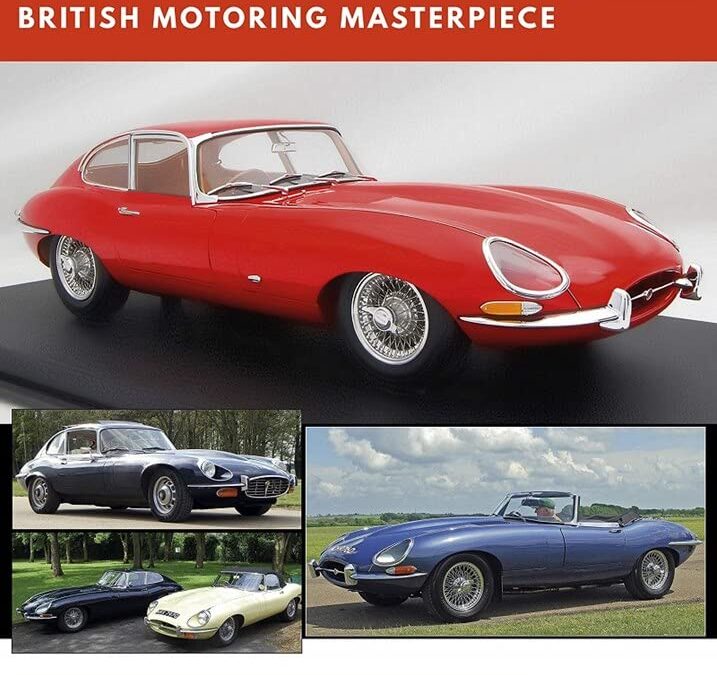
The third book in the new CarCraft series, Jaguar E-Type, frames the legend of what many call the world’s most beautiful car design.
The aim of this innovative series is to provide model makers and car enthusiasts with a new standard of primarily visual reference of both full-size cars and their scale models. Each book contains detailed technical information imparted through drawings and photographs while the meticulously researched full-color profiles provides a complete reference for paint schemes and markings. In addition, every volume of the CarCraft series features summaries of design histories and operational careers, and reviews of available kits.
The third book in the new CarCraft series, Jaguar E-Type, frames the legend of what many call the world’s most beautiful car design. Sir William Lyons and Malcolm Sayer carved automotive history with this car across its 1960s-1970s incarnations from roadster to coupé amid the fitting of Straight-Six, to V12 engines.
With its new definition of sculptural styling, performance, handling and innovative style, the E-Type or XKE series in the USA, created a car of global impact that remains a great classic of all time.
Here, experienced automotive writer, and industrial designer, Lance Cole pays tribute to the car in a detailed yet engaging commentary. New photography, the design story, and full coverage of the modeling options in synthetic materials and die cast metals, create a narrative of vital interest.
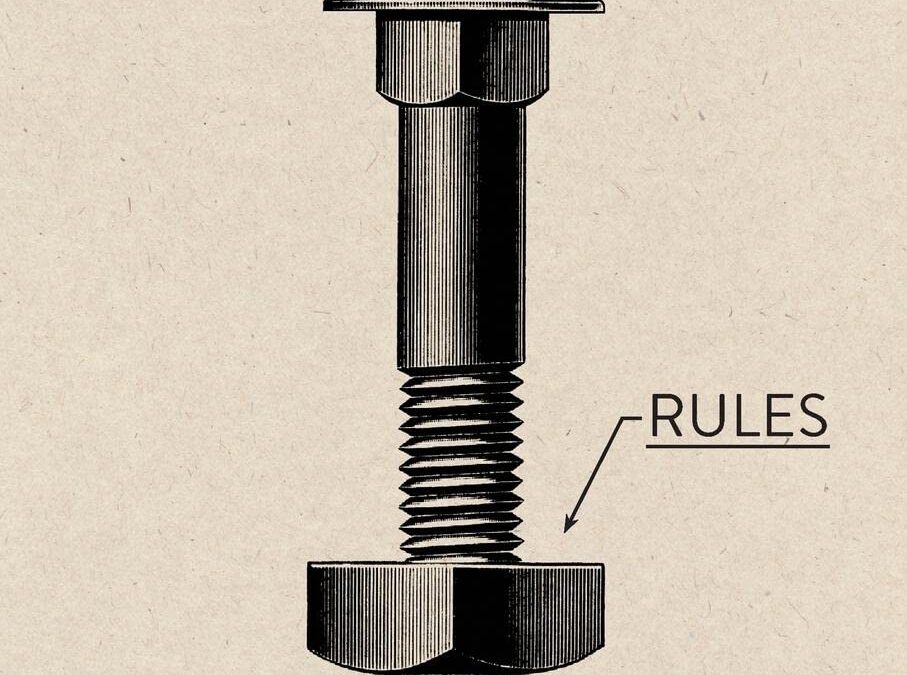
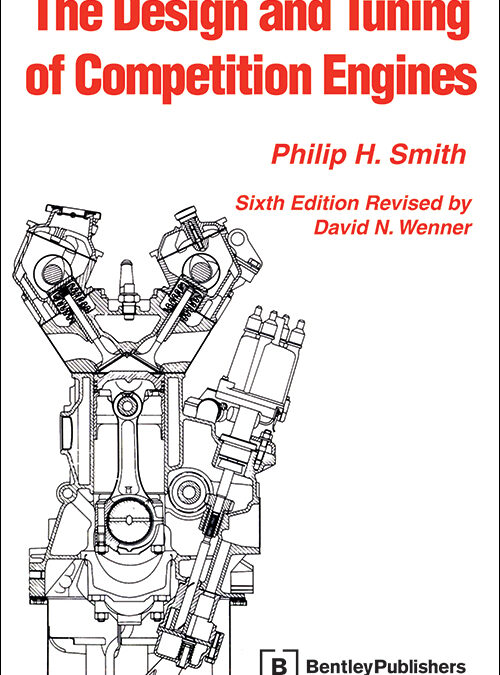
No other book gives you better insight into the expert preparation of engines for racing and high-performance road use, whether your interest lies in street, oval track, drag, or stock car racing. The first chapters explain the fundamentals that govern high-performance engines: thermodynamic laws, gasflow, mechanical efficiency, and engine materials and construction. Understanding these basic factors is crucial to making correct decisions when tuning or modifying your engine.
Actual engine preparation techniques are described in the middle section, including cylinder head work and balancing and blueprinting. The final part of the book focuses on modifying specific engines: American V8s, Porsche 911, Volkswagen Air-cooled and Water-cooled, Cosworth BDA, Formula Ford 1600, Datsun 4- and 6-cylinder, and Mazda rotary engines. You’ll learn proven techniques to increase performance and reliability, and, just as important, which modifications won’t give you meaningful gains.
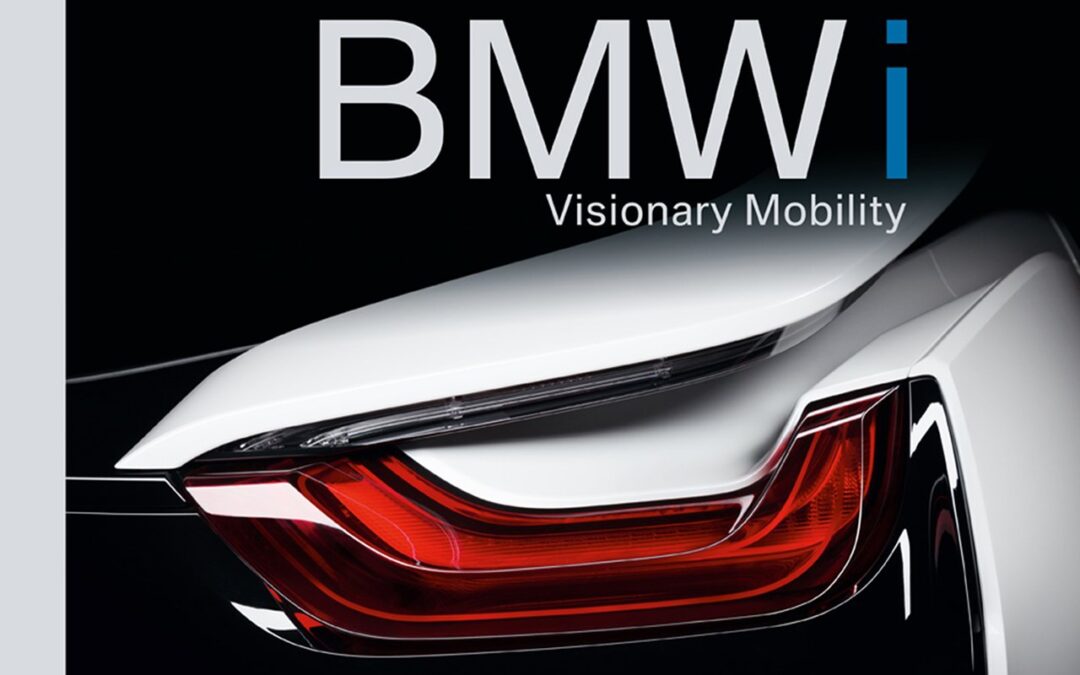
In the spring of 2008, a think tank of engineers, designers, trend researchers, and financial experts met on a factory floor of BMW’s parent plant in Munich to rethink mobility for a world of dwindling resources. Providing extensive insight into BMW’s workshop of ideas, this volume traces the venture’s design history and looks to the future of sustainable cars.
Grappling with major challenges of our time—from climate change to megacities and the scarcity of resources—contributors imagine solutions taking shape through technological innovations, networked mobility, sustainability in production, and the use of renewable materials. A unique look behind the scenes, this volume opens a window onto BMW’s complete development process, from initial conception to world premiere, presenting models for everything from plug-in hybrids with eucalyptus wood interiors to full-electric, self-driving cars. Replete with close-up photographs and fascinating model drawings, BMW i is a must-have for lovers of modern design and automobiles and for anyone interested in electro-mobility and sustainable technologies.
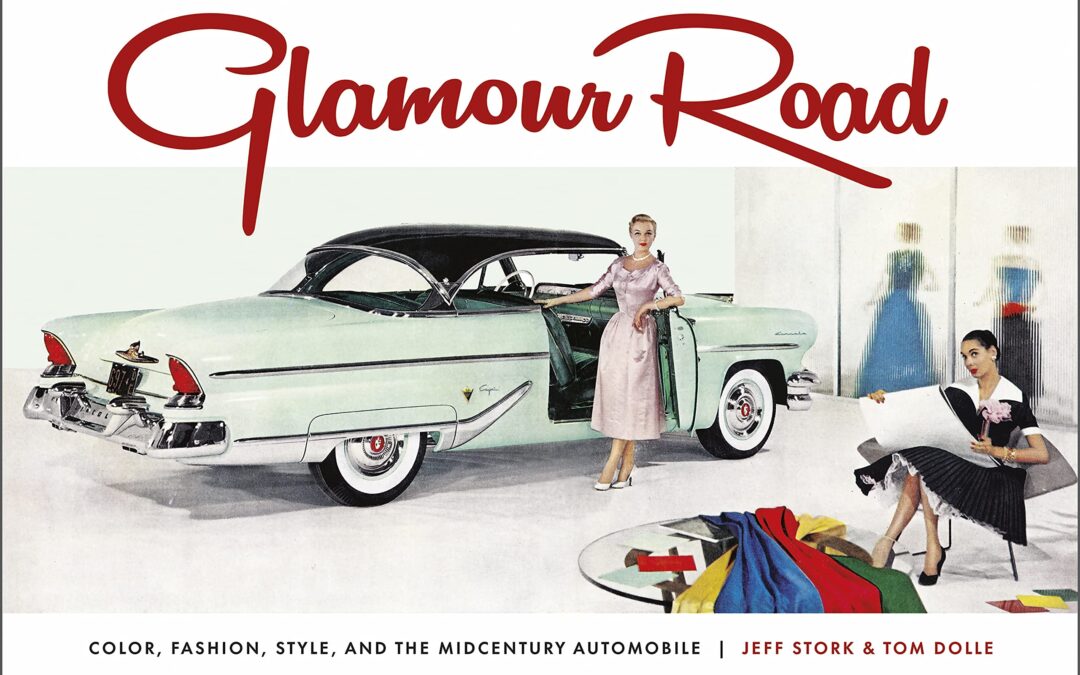
SOLD OUT AWAITING PUBLISHER RE-PRINT
This highly visual book explores the seldom-told story of how glamour, fashion, design, and styling became the main focus of automotive marketing from the postwar 1940s through the 1970s. With the expansion of the American suburbs after WWII, women suddenly needed cars of their own. By adopting the fashion industry’s yearly model changes, as well as hiring many designers and stylists from the fashion industry, the automobile industry made a direct appeal to the rising sophistication and influence of women. By perfecting the fashion-centric concept of planned obsolescence, it became the dominant economic engine of American postwar prosperity. The dramatic photography, elegant fashion, and use of color and materials in midcentury automotive marketing created a groundswell of demand for new cars. Much of the marketing imagery of the period hasn’t been published since it first came out, and this book features some of the best.
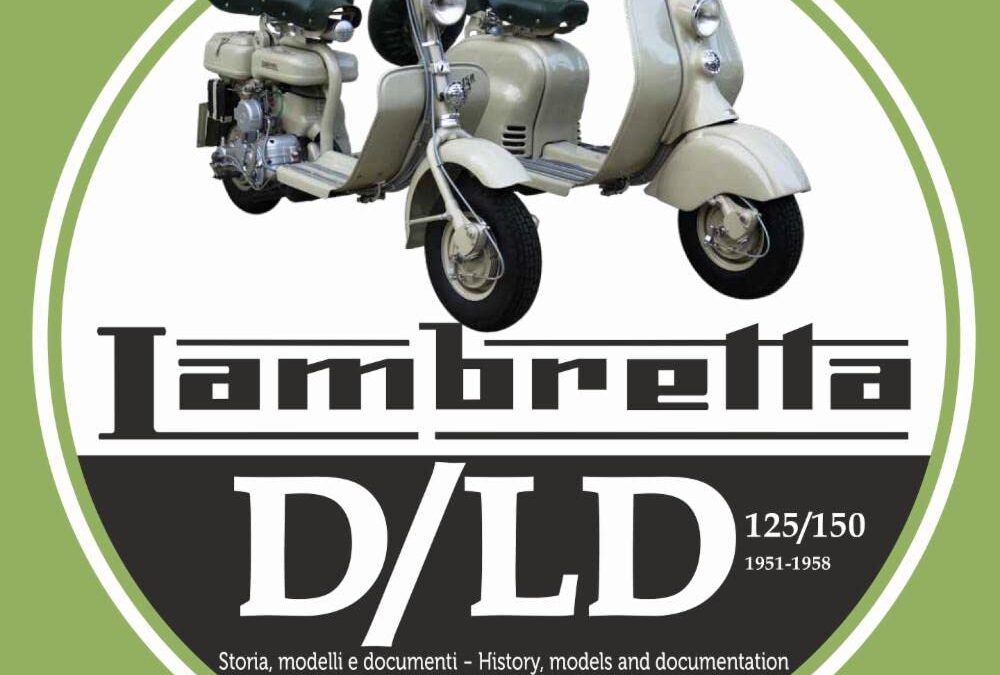
Lambretta D/LD 125/150 tells the industrial and technical history of the Lambretta D/LD series, the classic Lambretta par excellence, the model that has represented the purest essence of the scooter “made in Italy,” as told through invaluable archive materials.
The book includes previously unpublished photos and official documents discovered in the Innocenti archives along with accurate texts by Vittorio Tessera, the leading expert on the historic scooter in Italy and the world. With this model, Innocenti proved capable of conquering the national and international markets; exported throughout the world, the D/LD was a great success, loved and appreciated by thousands of users. Chapters dedicated to advertising, to the famous people who fell in love with it and to the marketing of the D and DL series around the world complete this latest title in the series that also includes the volumes Lambretta LUI, Lambretta TV/LI Series I and Lambretta TV/LI Series 3.
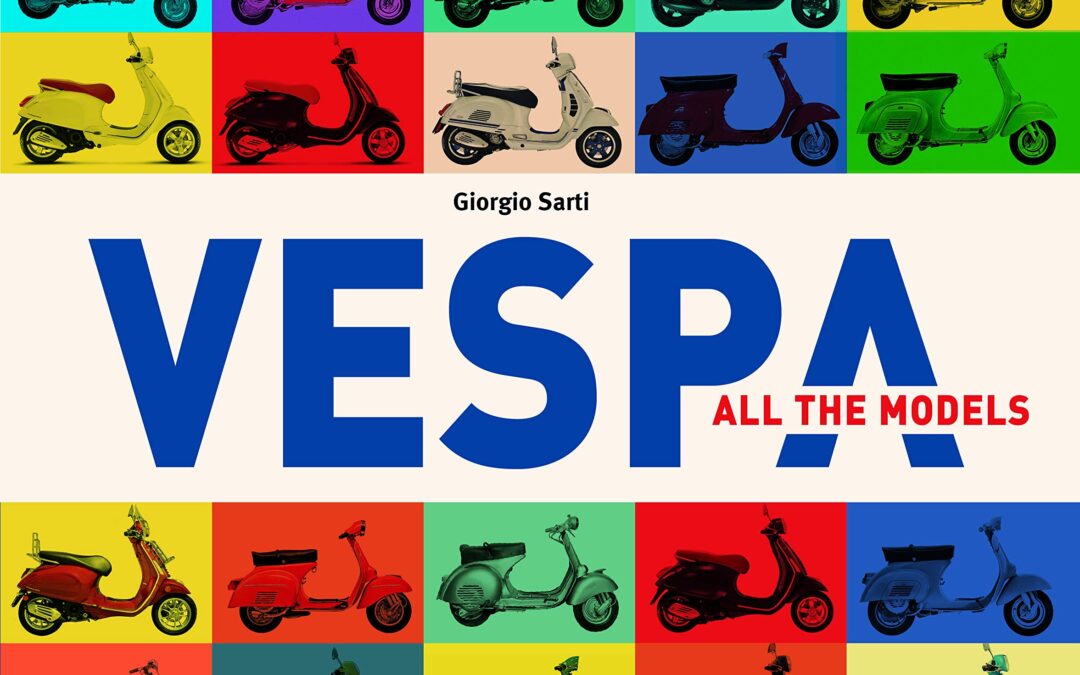
The most comprehensive and up-to-date catalogue of the Vespa ever compiled, featuring all the models and versions produced to date, listed year by year through a series of files illustrated with invaluable archive materials and accompanied by detailed technical information.
Vespa is an overview unique in its completeness and wealth of data, a resource of particular interest to those who still ride Vespas today, to collectors and to all those who have a place in their heart for the Vespa. The celebrated scooter, born at Pontedera in the immediate post-war years inaugurated a new era of personal mobility, taking on diverse roles with the passing of the years: from a vehicle for out-of-town trips to a symbol of aggregations, from an emblem of freedom to a design icon, from the queen of calendars to a star of competition, without ever losing sight of its primary function, that of the “urban” vehicle par excellence. Over the course of the years, Piaggio has produced dozens of models, from the overtly utilitarian to the most sporting and through to the Vespa Elettrica of today.
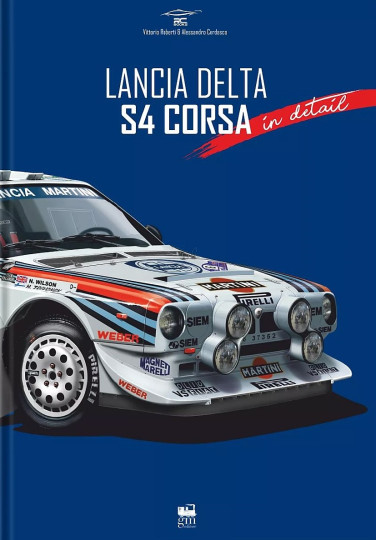
This book tells the story of the development, of the technical details and of the sporting history of the Lancia Delta S4 in the Corsa version through almost totally unpublished testimonies and materials.
-
- Over 100 previously unpublished photographs
-
- Detailed chronicle of the car’s development
-
- Over 150 technical illustrations
-
- Extensive technical photo galleries
-
- All the official Martini Racing liveries
- Private liveries
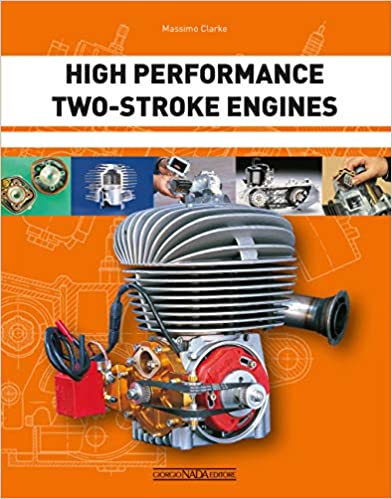
High Performance Two-Stroke Engines analyses the technology of spark ignition two-stroke engines. The presentation is simple and comprehensive. The description of the operating cycle, the fluid dynamics, the lubrication and the cooling systems is followed by painstaking analysis of the mechanical organs, with the materials and the manufacturing processes employed to produce them. The book is completed by an overview of the history and evolution of these engines and by an examination of the principal types and the diverse fields in which they are employed. A section of the work is dedicated to an in-depth analysis of the ignition and combustion phases and the formation of the air-fuel mixture, with particular attention paid to the most recent injection systems.












